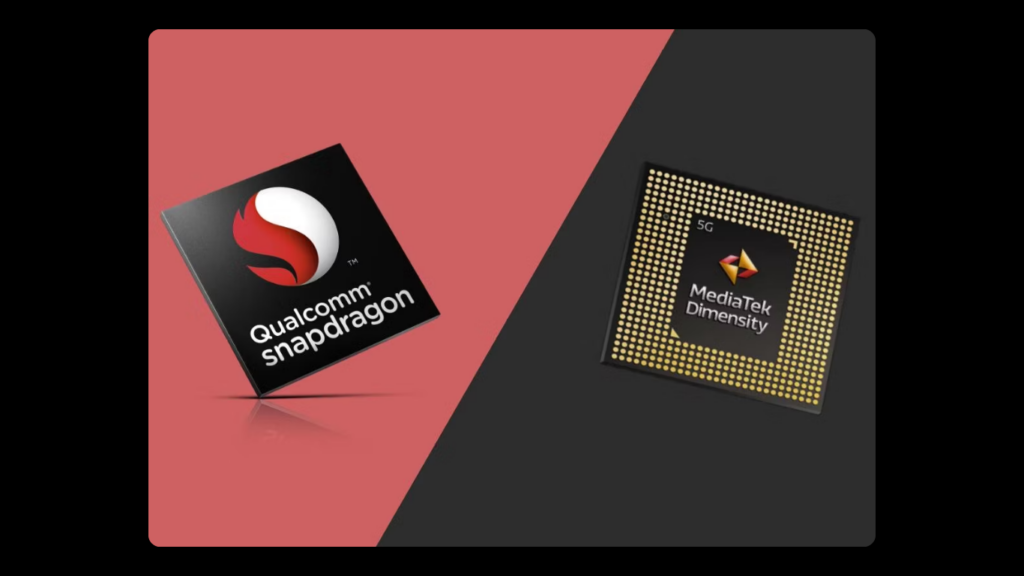The first 5G-Advanced specification is ready for deployment by silicon providers, network infrastructure vendors, and handset manufacturers. According to Bell Labs fellow Antti Toskala, the 3GPP has concluded that the Release 18 specification is now “frozen” and stable. “This marks a major milestone for 5G-Advanced,” Toskala wrote in a Nokia blog. “After three years of specification work, handset manufacturers and network vendors like Nokia can start selling 5G-Advanced compliant solutions.”

Upcoming Enhancements
Uplink improvements will be a major focus in Release 18. Uplink speed, the rate at which data is transmitted from the user device to the network, is typically slower than downlink. Enhancing uplink speeds will enable better performance for industrial, enterprise, and consumer applications that require fast data uploads.
“Uplink enhancements are likely to appear first, and the UEs/handsets must support it,” noted Roy Chua, principal analyst at AvidThink. “I expect UL capabilities to be one of the early elements.”
Market Arrival Timeline
When will we start seeing the initial 5G-Advanced spec on the market? Sooner than you might think.

“For 5G overall, modem vendors like Qualcomm and MediaTek have been ready with silicon before the network infrastructure is fully in place, and that looks to continue with 5G-Advanced,” said Avi Greengart, lead analyst at Techsponential. He noted that some elements of Release 18 are already hitting the market, particularly RedCap, which is designed for IoT devices with reduced capacity but still offers significant speed. “Later this year, we should start seeing smartphones with 5G RedCap modems in price-sensitive markets,” he added.
Chua expects RedCap enhancements to be among the first elements released. “Generally, I expect mid to late 2025 for many Release 18 capabilities, though a few could appear as early as the end of this year or early 2025,” he said.
Support and Rollout
The rollout depends on chip manufacturers producing silicon to support the Release 18 5G-Advanced spec. Chua anticipates that “some Chinese devices” will lead the initial adoption. “The support from Apple or Android will depend more on Qualcomm and Mediatek and alignment with the Apple, Google, or Samsung handset roadmap,” he added.
Looking Ahead
As the industry implements Release 18, attention will shift to Release 19, marking the next stage of 5G evolution.
Additional Insights
- 5G-Advanced Overview: 5G-Advanced, part of 3GPP’s Release 18, aims to enhance current 5G capabilities and pave the way for 6G networks. It promises faster uplink and downlink speeds, improved network efficiency, and better IoT support.
- RedCap (Reduced Capability): RedCap optimizes 5G for IoT applications, balancing speed, complexity, and power consumption. This tier will be crucial for widespread IoT adoption in smart cities, industrial automation, and more.
- Global Adoption Timeline: While some Release 18 elements may appear by late 2024 or early 2025, widespread adoption is expected by mid to late 2025, with Chinese manufacturers likely leading the rollout.
- Impact on Consumers and Industries: 5G-Advanced will bring faster and more reliable mobile internet for consumers, enabling high-quality video streaming, real-time gaming, and seamless cloud services. For industries, it supports advanced applications like AR, VR, and real-time data analytics.
- Future Prospects: As 5G-Advanced lays the groundwork for more robust networks, Release 19 will introduce further advanced features, continuing the momentum towards 6G.
These advancements promise significant transformations in telecommunications, enhancing connectivity and driving innovation across various sectors.

Subtly charming pop culture geek. Amateur analyst. Freelance tv buff. Coffee lover
